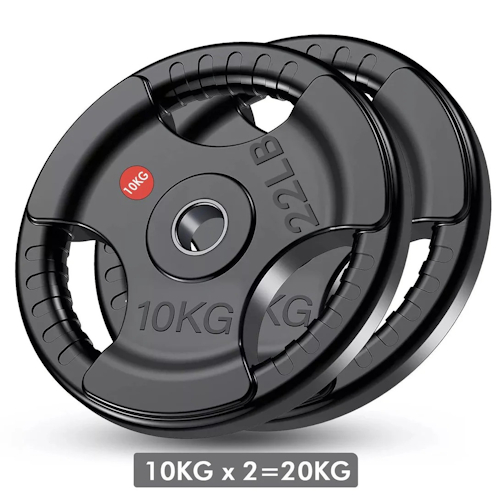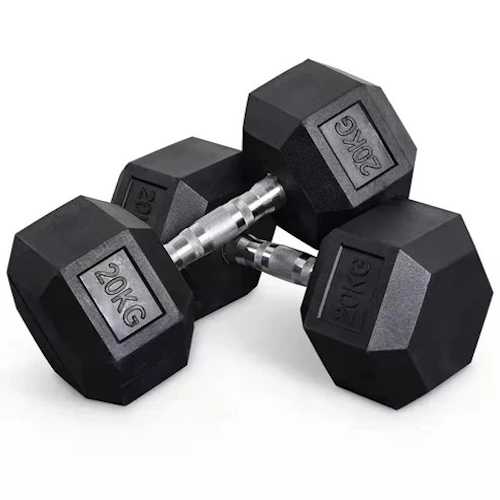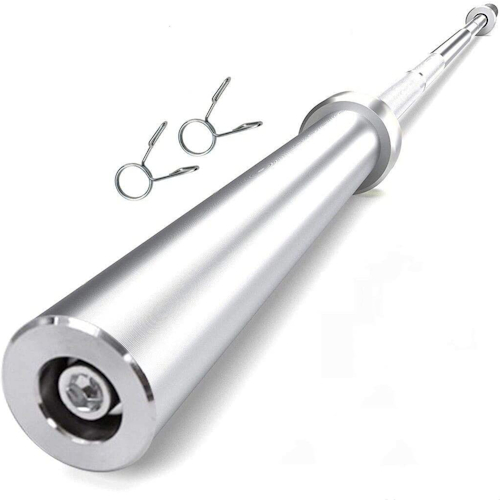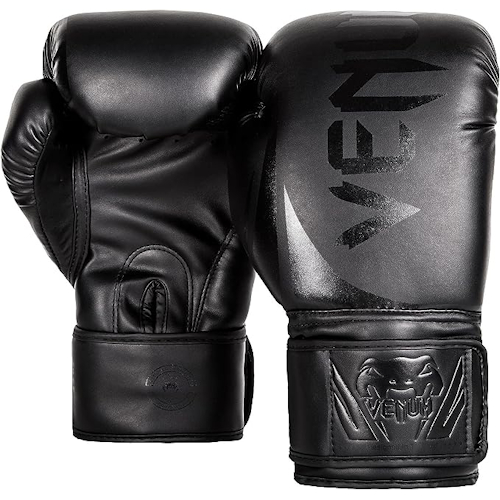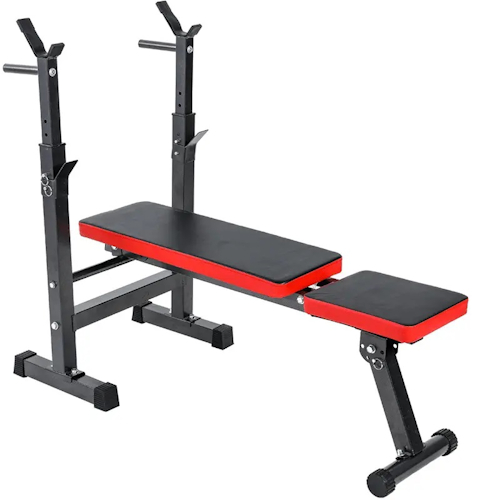Tips When Buying Gym Equipment
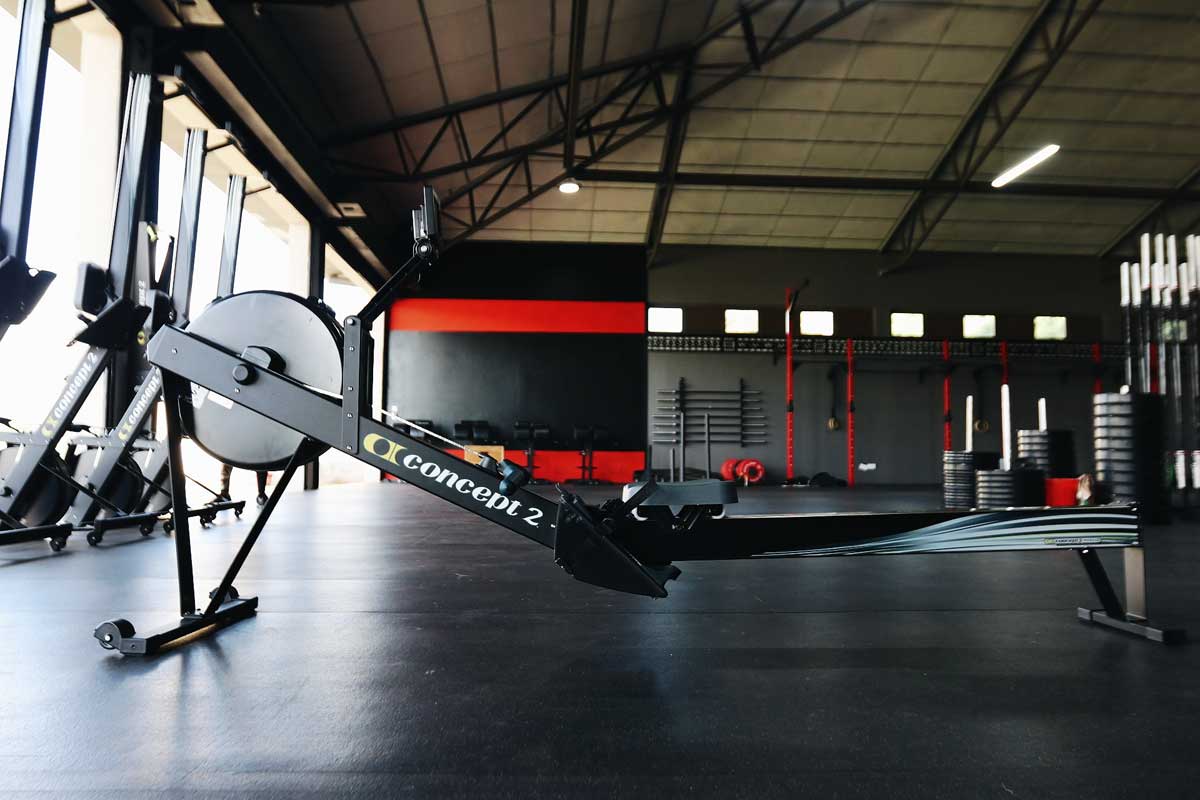
Investing in gym equipment—whether for personal use or a commercial fitness center—is a significant decision. With so many brands, features, and pricing options on the market, it’s easy to feel overwhelmed. Here are key tips to help you make a smart, well-informed choice when buying gym equipment in Kenya or anywhere else:
1. Define Your Fitness Goals First
Are you aiming to build muscle, improve cardiovascular health, lose weight, or just stay active? Your goals will determine the type of equipment you need:
-
Cardio goals → treadmills, bikes, ellipticals.
-
Strength training → dumbbells, barbells, home gyms, squat racks.
-
Rehabilitation & flexibility → resistance bands, yoga mats, foam rollers.
2. Set a Realistic Budget
Gym equipment can range from a few thousand shillings to hundreds of thousands. Make a budget that factors in:
-
Initial purchase price
-
Delivery and installation
-
Long-term maintenance or servicing
💡 Tip: Avoid buying the cheapest options available—they may be poorly built or lack warranties.
3. Measure Your Space
Before buying bulky machines like treadmills or squat racks, measure the available space in your home or gym. Ensure you have enough clearance around the equipment for safe movement and airflow.
Use these space-saving alternatives if space is tight:
-
Adjustable dumbbells instead of full sets
-
Foldable treadmills
-
Compact cable pulley machines
4. Choose Quality over Quantity
Don’t fall for bundles that include multiple low-quality items. It’s better to have fewer, durable pieces than a full home gym that breaks in six months.
Look for:
-
Heavy-duty steel frames
-
Warranty (at least 1–2 years)
-
Non-slip rubber feet
-
Smooth, noiseless operation
5. Buy From Reputable Sellers
Always buy from trusted stores—whether local or online—that offer:
-
Clear return policies
-
After-sale support
-
Customer reviews or testimonials
🛒 Visit local stores in Nairobi, Mombasa, or Kisumu to test the equipment before buying. Online? Look for verified sellers with clear product descriptions.
6. Read Reviews & Ask for Recommendations
Customer reviews give real insights into:
-
Equipment durability
-
Assembly difficulties
-
Maintenance issues
-
Customer service experiences
You can also ask local gym owners, trainers, or fitness communities for brand and model suggestions.
7. Check the Weight Capacity & Specs
Make sure the equipment matches your body weight and fitness level:
-
Treadmills should have at least a 110–130 kg capacity.
-
Adjustable benches should hold 250–300 kg (user + weights).
-
Dumbbell handles must support your intended load.
8. Try Before You Buy (If Possible)
If you’re buying high-ticket items like spin bikes, ellipticals, or multi-station gyms, try them in-store to check for:
-
Comfort
-
Noise levels
-
Ease of use
-
Safety features
9. Think Long-Term: Maintenance & Upgradability
Some equipment requires lubrication, spare parts, or battery replacements. Ask:
-
Are parts easy to find in Kenya?
-
Can I upgrade this machine later?
Choose models with locally available spares or servicing technicians.
10. Balance Aesthetics with Functionality
Yes, sleek chrome dumbbells look great—but make sure they don’t roll off easily or damage your floors. Go for practicality first, then style.
Final Thoughts
Buying gym equipment is an investment in your health and well-being. Take your time, do your research, and focus on equipment that is safe, reliable, and aligned with your fitness journey. By following the tips above, you’ll avoid costly mistakes and enjoy your workouts more—whether at home or in a professional gym setting.

